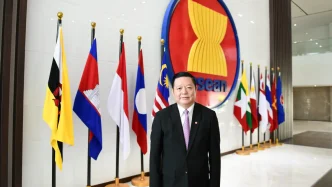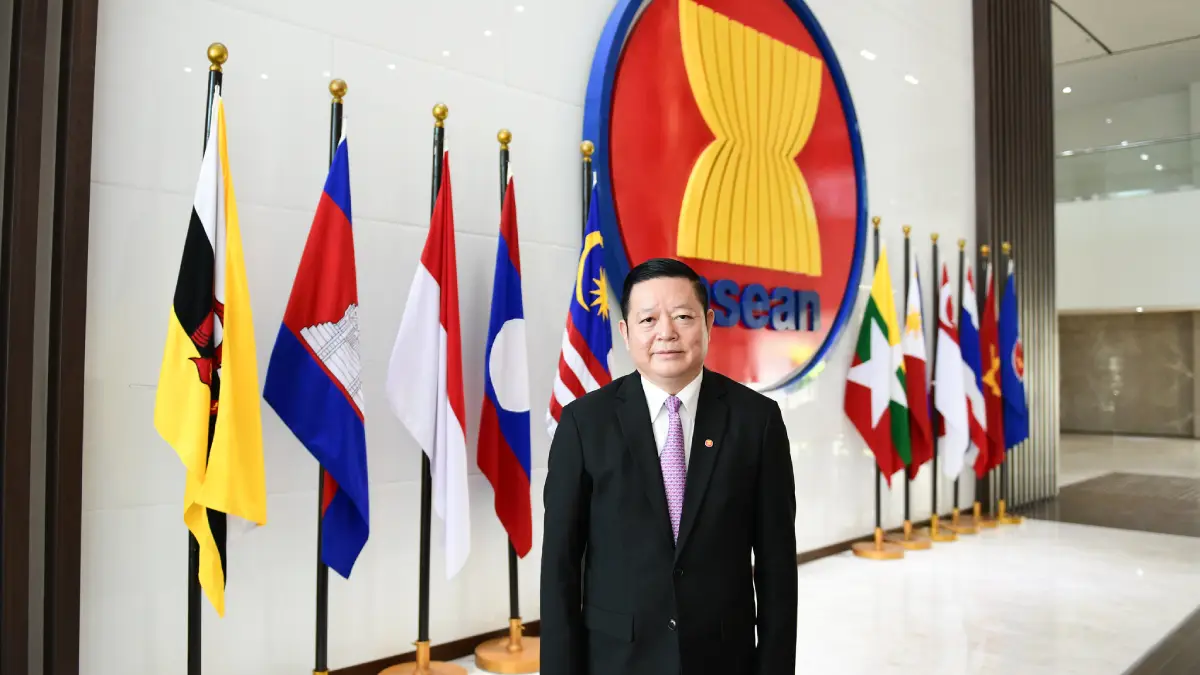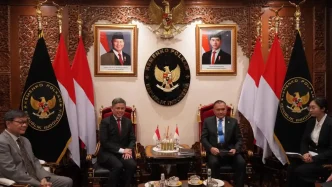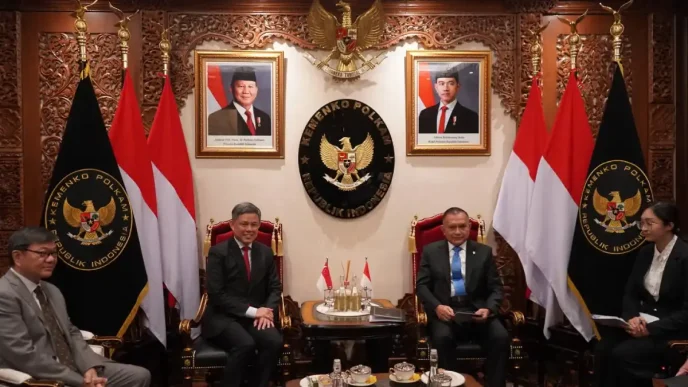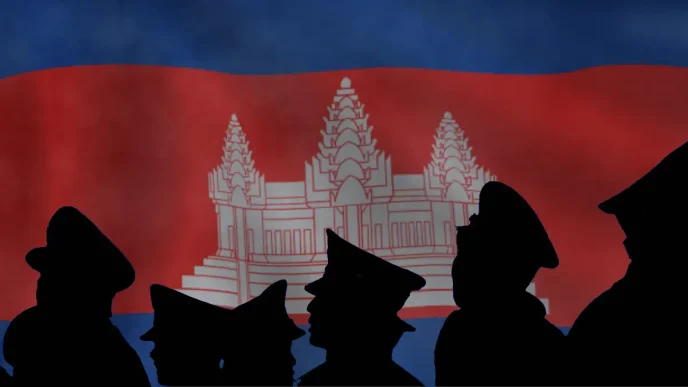In a region often lauded for its commitment to peace and cooperation, the recent border clash between Thailand and Cambodia has exposed the fragile underbelly of South East Asian unity. Asean, the regional bloc tasked with maintaining stability, played a critical role in brokering a fragile ceasefire in late July 2025, following intense fighting that threatened to spiral into a broader conflict. Yet, as Asean Secretary-General Kao Kim Hourn emphasized in a recent interview, the episode serves as a stark reminder of the deeper political and social challenges that the organization must confront to ensure lasting peace.
De-escalating a Dangerous Flare-Up
The border conflict between Thailand and Cambodia, which erupted in July 2025, marked one of the most serious confrontations between Asean member states in recent years. More than 40 lives were lost, and over 300,000 people were displaced in the violence, a grim toll that underscored the stakes of the dispute. While tensions over border territories have simmered for decades, this latest clash was fueled by domestic political pressures and exacerbated by online nationalism in both countries.
Asean’s response, though constrained by the domestic nature of the conflict’s root causes, focused on containment and de-escalation. Speaking to regional media on August 5, 2025, Dr. Kao Kim Hourn outlined the bloc’s approach: “I think what Asean has done constructively is to keep it under control and then try to de-escalate. And then after that, they go back to negotiate.” His comments reflect Asean’s pragmatic strategy of managing rather than resolving deeply entrenched disputes, a role shaped by the organization’s principle of non-interference in member states’ internal affairs.
The turning point came on July 28, 2025, when a ceasefire was brokered in Kuala Lumpur under the mediation of Malaysian Prime Minister Anwar Ibrahim. The talks, supported by international observers from the United States and China, brought together Cambodia’s Prime Minister Hun Manet and Thailand’s Acting Prime Minister Phumtham Wechayachai for direct negotiations. Malaysia’s swift diplomatic intervention, as the current Asean chair, was pivotal. Dr. Kao praised the effort, noting on August 5, 2025, that “the Malaysian Prime Minister moved swiftly to address this issue head-on, and it shows that Asean is still very much relevant.”
Further steps to solidify the ceasefire are underway. On August 7, 2025, the defense ministers of Thailand and Cambodia met in Malaysia, joined by representatives from Malaysia, the US, and China, to discuss mechanisms for maintaining peace. Asean is also exploring the deployment of a monitoring team, though specifics regarding composition and procedures remain under discussion. Additionally, Cambodia has sought assistance from the Asean Coordinating Centre for Humanitarian Assistance on Disaster Management (AHA Centre), a Jakarta-based body traditionally focused on natural disasters but increasingly involved in conflict-related humanitarian crises.
Navigating Domestic Complexities and Online Nationalism
While Asean’s intervention averted a wider escalation, the underlying causes of the Thailand-Cambodia conflict remain unresolved. Domestic political dynamics in both countries, including pressures to assert sovereignty, played a significant role in fueling the clash. Observers have also speculated about personal tensions between influential figures in the two nations, though such claims remain unverified and outside the scope of direct Asean mediation.
A more immediate concern, as highlighted by Dr. Kao, is the role of online nationalism and disinformation in stoking tensions. Social media platforms in both Thailand and Cambodia became battlegrounds for nationalist rhetoric, with memes and misinformation circulating widely even after the ceasefire was announced. Users revived historical grievances and, in some cases, called for further action, amplifying mistrust between the two sides. Dr. Kao warned of the real dangers posed by such rhetoric, pointing out that Cambodian authorities had issued directives urging the public to refrain from sharing provocative content and holding individuals accountable for their posts.
“We don’t want to have permanent damage, so we want to recover as soon as possible the ties between the two countries” he stated on August 5, 2025. His remarks underscore the urgency of addressing not just physical conflicts but also the digital narratives that can sustain animosity long after the fighting stops. The rise of online nationalism represents a new frontier for Asean, one that challenges its traditional diplomatic tools and demands innovative responses to prevent future flare-ups.
Asean’s Broader Challenges: From Timor-Leste to the South China Sea
The Thailand-Cambodia border conflict is a microcosm of the broader challenges facing Asean as it seeks to maintain relevance in a rapidly evolving region. Looking beyond immediate crisis management, Dr. Kao emphasized the importance of the bloc’s long-term adaptability. One significant development on the horizon is the expected accession of Timor-Leste as Asean’s 11th member state at the 47th Asean Summit in October 2025. The South East Asian nation of 1.4 million people, which received in-principle endorsement for membership in May 2025, has shown a strong commitment to aligning with Asean’s protocols and processes.
“To their credit, they have been working very fast, and it has been very forthcoming” Dr. Kao said of Timor-Leste’s preparations on August 5, 2025. The integration of a new member, however, comes with complexities, as Asean today is a far more intricate organization than during earlier expansions. Timor-Leste’s accession will test Asean’s ability to balance inclusivity with the demands of consensus-building among diverse member states.
Another pressing issue is the long-delayed Code of Conduct (COC) in the South China Sea, a framework aimed at reducing tensions in a region where four Asean states—Philippines, Brunei, Malaysia, and Vietnam—have overlapping claims with China and Taiwan. Negotiations, ongoing since the 2002 Declaration on the Conduct of Parties, have progressed slowly, with talks reaching the draft text stage by mid-2025. The Philippines, set to assume the Asean chairmanship in 2026, has prioritized expediting the COC, with President Ferdinand Marcos Jr. advocating for a legally binding agreement to safeguard maritime rights and prevent miscalculations.
Dr. Kao acknowledged the delays but expressed optimism about recent momentum, stating on August 5, 2025, that “there is a general consensus that we should have the COC ready by July next year, which is basically midterm of the Philippine chairmanship.” Achieving this ambitious timeline will require intense negotiations to resolve major issues and finalize legal details, a process that tests Asean’s ability to mediate between its members and external powers like China.
A Wake-Up Call for Regional Solidarity
The Thailand-Cambodia border clash, while contained for now, serves as what Dr. Kao described as a wake-up call for Asean. Speaking on August 5, 2025, he urged the bloc to redouble efforts to maintain peace and treat all member states as friends and family. “Yes, we have challenges… But we have to manage, we have to resolve, (and) we have to sort out those challenges. We cannot expect that everything is going to be smooth sailing” he said. His words reflect a candid recognition of Asean’s limitations, as well as a determination to address them head-on.
Asean’s strength, as Dr. Kao suggested, lies in its persistence and commitment to consensus-building, even when progress is incremental. The ceasefire between Thailand and Cambodia, brokered in just five days, demonstrates the bloc’s capacity for rapid response in times of crisis. Yet, the unresolved tensions, fueled by domestic politics and digital disinformation, highlight the need for deeper engagement on issues that transcend traditional diplomacy.
As Asean looks to the future, its ability to evolve will be critical. Whether integrating new members like Timor-Leste, finalizing frameworks like the South China Sea COC, or tackling the modern scourge of online nationalism, the bloc must navigate a complex landscape of regional and global dynamics. For now, the fragile peace between Thailand and Cambodia stands as both a success and a cautionary tale—a reminder that unity in South East Asia, while achievable, requires constant vigilance and innovation.
As Asean continues to mediate and adapt, the question remains: can it transform these wake-up calls into lasting mechanisms for peace, or will the region’s fault lines continue to test its resilience?

